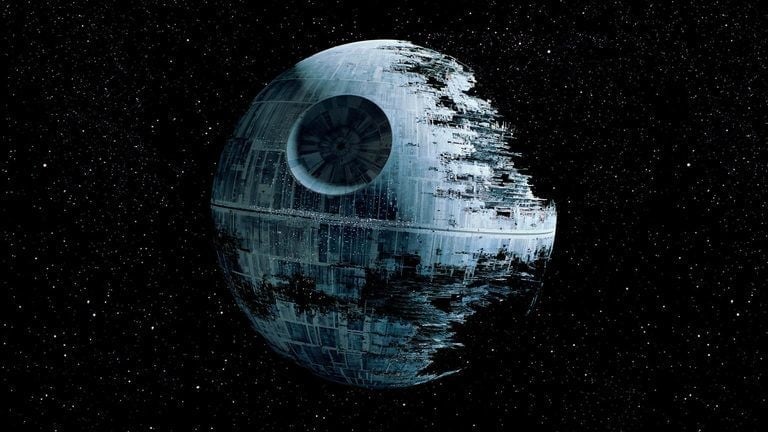CBO: HASC ‘Space Corps’ To Cost $3.6 Billion Through 2024
Posted on

Proposed space control platform
CORRECTION: Acting Air Force Secretary Matthew Donovan’s name below.
WASHINGTON: A new report by the Congressional Budget Office (CBO) finds that the House Armed Services Committee’s proposal for a Space Corps, passed June 12, will cost some $3.6 billion between fiscal years 2020 and 2024. The estimate, based in part on a previous — and somewhat controversial — study, derives from CBO’s assessment that the new military service would require “between 4,100 and 6,800 additional personnel for new management and support positions.”
The $3.6 billion estimate includes both startup costs to create the Space Corps and recurring costs thereafter. CBO’s previous report, issued in May, estimated that the Trump Administration’s version of the Space Force would “increase DoD’s annual costs by $1.1 billion to $1.9 billion, and incur onetime costs of $1.8 billion to $4.7 billion.”
Interesting, the CBO’s review of the Senate Armed Services Committee (SASC) doesn’t look at the affect of their version of the Space Force.
“It’s hard to tell if all those will actually be needed,” says Brian Weeden, director of program planning at Secure World Foundation. “The plan, as I understand it from the Pentagon, is to transfer many of those people over from Air Force Space Command. However, there’s likely a need for some new people, and it’s unclear how many people the Air Force might retain to support their service component to U.S. Space Command. So just add that up as one more unknown about this whole process.”
Similarly, Todd Harrison, who runs the Aerospace Security Project at the Center for Strategic and International Studies, says that CBO has been using “questionable assumptions” about personnel requirements. He noted, however, that the estimate “sure is a lot lower” than the Air Force’s earlier estimate of $13 billion, which he considered intellectually dishonest.
The CBO report on costs comes on the heels of the Senate’s passage yesterday of its own take on the Space Force, which like the House proposal is part of the fiscal year 2020 National Defense Authorization Act (NDAA). The full House is expected to take up the HASC’s mark of the NDAA in July. Both the HASC version of the NDAA (passed June 12) and the Senate version would create a new military force subordinate to the Air Force, along the lines of the Marine Corps under the Navy — but whereas the House calls the service a Space Corps, the Senate calls it a Space Force in deference to President Donald Trump’s Feb. 19 directive. The two bills differ, however, on the details of how the Space Force/Corps and the wider DoD space acquisition management structure should be set up. Both sides of Capitol Hill have expressed deep concerns about costs.
The next shoe to drop will be the Senate Appropriations Committee. The House Appropriations Committee’s 2020 defense spending bill, passed May 15, provides no funding for the Space Force — instead, it gives a paltry $15 million to the Pentagon for a study of the idea.
CORRECTION: Word is that newly appointed Acting Air Force Secretary Matthew Donovan has been meeting with congressional leaders and staff in an effort to push forward Space Force funding, as well as the Pentagon’s vision for space acquisition — including the establishment of the now leaderless and embattled Space Development Agency.
Subscribe to our newsletter
Promotions, new products and sales. Directly to your inbox.
